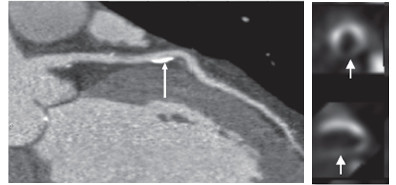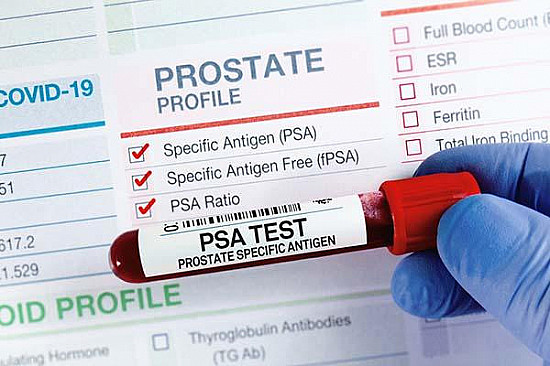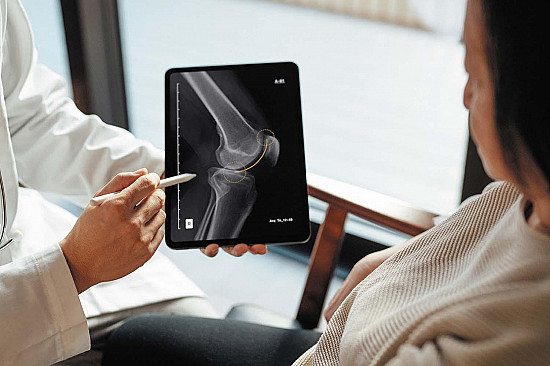Radiation from CT, other cardiac tests can be a problem
Here's what you need to keep in mind.
If you have a heart condition or concern, your doctor may discuss different ways to diagnose or monitor it, including an electrocardiogram (ECG), cardiac catheterization, echocardiogram (ultrasound), radionuclide stress test, coronary CT angiogram, radionuclide myocardial perfusion imaging, or cardiac magnetic resonance imaging (MRI). These tests provide valuable guidance in diagnosing and treating heart disease. But some of them also expose you to ionizing radiation, which can potentially damage cells and increase the risk of cancer. Although no direct link between cardiac imaging tests and cancer has been confirmed, doctors are taking steps to limit the amount of radiation these tests deliver.
"Until 10 years ago, we didn't appreciate how much radiation exposure was incurred by certain tests. Now we know. Moreover, we understand that it's not only the dose that raises risk, but also when and where the radiation is given," says Dr. Warren Manning, chief of noninvasive cardiac imaging and testing at Beth Israel Deaconess Medical Center and a professor at Harvard Medical School. "One or two CT scans over a lifetime is appropriate. But if you have a condition that requires repeated monitoring, a test that does not expose you to ionizing radiation, like cardiac ultrasound or MRI, may be preferable," he adds.
|
Above, a coronary CT angiogram clearly shows calcified plaque. Right, sestamibi scans show reduced blood flow to the heart muscle. Both tests deliver radiation, which can add up to dangerous levels over a lifetime of tests and procedures. Images courtesy Dr. Thomas H. Hauser |
A cumulative problem
We receive low doses of radiation from the sun and slightly higher doses when we ride in airplanes or visit higher altitudes. There is no evidence that this type of exposure is dangerous. "If it were, pilots and flight attendants would have an increased risk of cancer, but they don't," says Dr. Manning.
Studies of Japanese atomic bomb survivors and nuclear power plant accident survivors suggest that cancer risk increases as exposure to radiation accumulates. For this reason, the American College of Radiology has set the lifetime radiation exposure limit at a conservative 100 millisieverts (mSv): one mSv is equivalent to the average amount of radiation a person receives in a year. "Below this level, we believe there is no meaningful risk," says Dr. Manning.
Why you should care
Some cardiac imaging tests emit very high doses of radiation (see box). Physicians are particularly concerned about CT scans, since the popularity of these tests has grown exponentially, exposing large numbers of people to significant doses of radiation. When the amount of radiation from a CT scan is added to that received from dental x-rays, chest x-rays, mammograms, tests performed for other medical reasons, and those done in the past, it's easy for an individual to reach or surpass the 100 mSv mark.
Because cancer develops very slowly after radiation damage occurs, your age at the time of exposure matters. "If you are in your 80s, you will probably outlive the danger. But if you are young, it is particularly important to limit radiation exposure," says Dr. Manning.
Risk management
With the heightened awareness of cancer potential from cumulative exposure, medical societies have stepped up efforts to minimize the risk.
The American College of Radiology now emphasizes the importance of conducting tests with as little radiation as possible. Significant changes have resulted, including substituting the agent sestamibi for thallium in nuclear scans. This cuts radiation in half. New protocols allow cardiac CT scans to be performed with one-sixth the conventional radiation dose.
The American College of Cardiology Foundation collaborated with imaging societies to reduce the number of exposures people receive by recommending how often specific tests should be done and encouraging physicians to use radiation-free tests, such as ECG, echocardiography, and MRI, whenever possible. These tests pose no radiation risk.
It all adds up to an experience that allows heart disease to be diagnosed, treated, and monitored with greater safety.
|
Radiation dose from common tests |
|
|
Test |
Radiation |
|
Echocardiogram |
0 mSV |
|
MRI |
0 mSV |
|
Chest x-ray |
0.05 mSV |
|
Mammogram |
0.7 mSv |
|
Calcium scoring test |
1-2 mSv |
|
Cardiac catheterization |
7 mSv |
|
Chest CT |
10 mSv |
|
Coronary CT angiography |
3-14 mSv |
|
Radionuclide sestamibi stress test |
10-12 mSv |
|
Radionuclide dual isotope myocardial perfusion imaging |
25 mSv |
Disclaimer:
As a service to our readers, Harvard Health Publishing provides access to our library of archived content. Please note the date of last review or update on all articles.
No content on this site, regardless of date, should ever be used as a substitute for direct medical advice from your doctor or other qualified clinician.
















